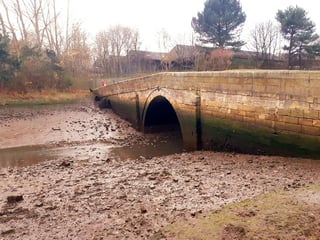Why 'Red' Ellen Wilkinson still looms large over Jarrow
and live on Freeview channel 276
But who was this 4ft 9in giant of the Labour movement? And why does a woman who died over 70 years ago still loom large? Well...
Beginnings
Although inextricably linked to Jarrow, Ellen Ciceley Wilkinson was born into a working class family in Chorlton-on-Medlock, Lancashire, on October 8, 1891.
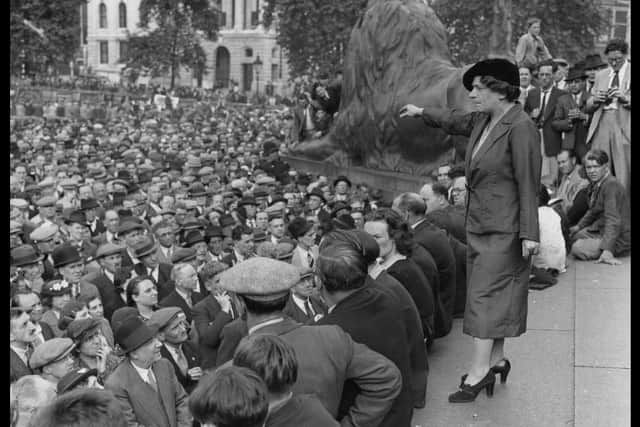

Advertisement
Hide AdAdvertisement
Hide AdSurprisingly she’s only the second-most famous politician born there. David Lloyd George started life there too.
Her parents Richard and Ellen, were devout Methodists. Richard pulled himself up to become an insurance agent and didn’t see why others couldn’t do similar. For him it was about the individual: an almost a Thatcherite ethos before Margaret Thatcher was even born.
You won’t be surprised to hear that someone who became known as Red Ellen (although this was as much to do with her hair as her politics) did not embrace her father’s opinion.
She was a bright scholar, but outspoken and rebellious even as a child. She studied history at Manchester University on a scholarship. By the time she left in 1913, she was firmly entrenched in politics.
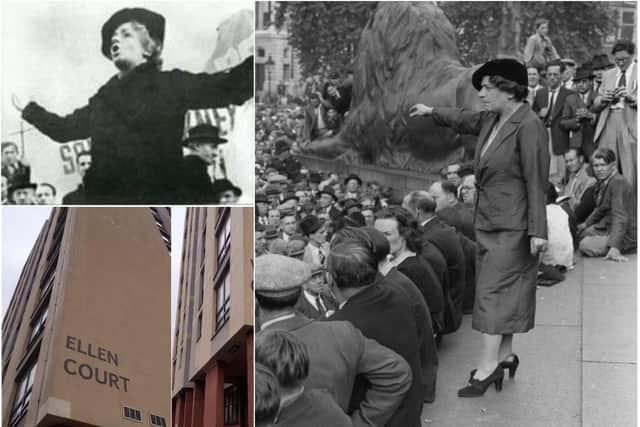

Entering politics and WWI
Advertisement
Hide AdAdvertisement
Hide AdIn 1912 she joined the National Union of Women’s Suffrage Societies and the Fabian Society. When World War One began she regarded it as an exercise in imperialism, of no benefit to the workers.
She became a pacifist, joining the No-Conscription Fellowship, which encouraged men to refuse to join the armed forces. However, she also joined the Women’s Emergency Corps to help with the war effort. She still wanted her country to win.
Inspired by the 1917 Russian Revolution, Wilkinson became a founder member of the Communist Party of Great Britain in 1920, but was simultaneously a member of the Labour Party. She left the Communist Party in 1924.
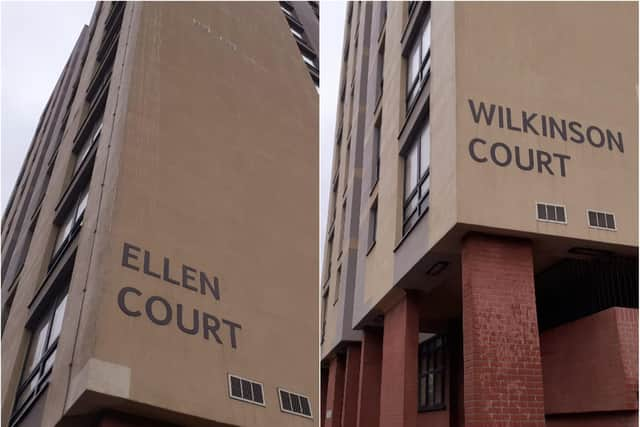

She visited Moscow in 1921 and met both Leon Trotsky and Nadezhda Krupskaya – Lenin’s wife.
Advertisement
Hide AdAdvertisement
Hide AdDespite making no attempt to disguise her Communist tendencies, she entered parliament as Labour MP for Middlesbrough East after the 1924 General Election; vigorously supporting the 1926 General Strike and remaining in the seat until being voted out in the complicated 1931 election.
But it was her association with Jarrow which established her name in history. First she had to win the seat.
Jarrow
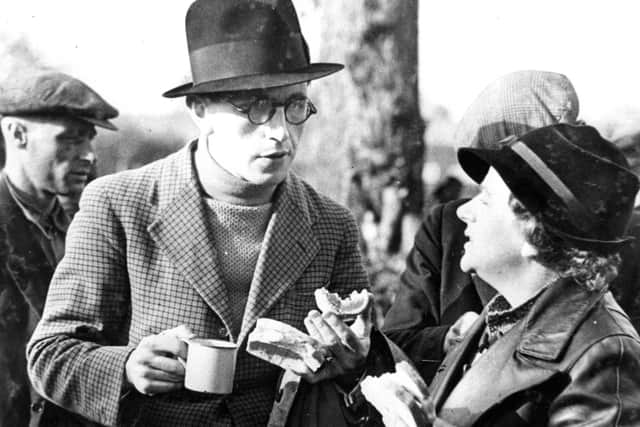

Modern readers may be surprised to note that Jarrow, now regarded as a 1930s epicentre of socialism, had a Conservative MP, William Pearson, between 1931 and 1935. After that however, Wilkinson would be the town’s MP for the rest of her life.
Before her election in November 1935 (with a relatively small 2,350 majority over Pearson), Wilkinson had not been idle during her spell away from parliament. She had written prodigiously, including a second novel.
Advertisement
Hide AdAdvertisement
Hide AdOf more historical importance, she had visited Gandhi in an Indian prison in 1932. The following year she travelled to Germany shortly after Hitler came to power, then spoke and wrote furiously about the early outrages of Nazism. She was consequently banned from Germany, although she flouted the ban.
But it was in the heart of Jarrow where her most celebrated hour came. When she took the seat the town was enduring chronic unemployment. Palmer’s shipyard closed in 1933 and a hoped-for plan to build a large steelworks did not materialise.
In June 1936 Wilkinson asked the President of the Board of Trade, Walter Runciman, to apply pressure to the steel industry to help Jarrow. He ignored her. A deputation from Jarrow Town Council met Runciman to ask for help, but received a similar response. The town was galvanised by Runciman’s dismissiveness. This was the warm-up to the Jarrow March.
Preparations began for a protest march of around 200 men to London to petition Stanley Baldwin’s government. There was lukewarm support from the Labour Party. The union-hating Bishop of Durham, the laugh-a-minute Hensley Henson, denounced it outright, although the Bishop of Jarrow, James Gordon, blessed it.
Advertisement
Hide AdAdvertisement
Hide AdThe march, or “crusade”, started on October 5, 1936 from Jarrow Town Hall. It was largely ignored by Baldwin and what it actually achieved remains a matter of historical debate. Nevertheless, its symbolism is potent and Wilkinson was at its heart.
World War Two
Having seen first hand the consequences of fascism in both Germany and Spain, Wilkinson supported Britain’s 1939 declaration of war, although she was highly critical of Prime Minister Neville Chamberlain. She had virtually zero in common with the incoming PM Winston Churchill too.
But the great man recognised talent when he saw it and, following a brief spell at Pensions, Wilkinson was appointed Parliamentary Secretary at the Home Department and responsible for civil defence, including air raid shelters. She also ruffled a few feathers by conscripting women to the Auxiliary Fire Service.
When war ended in 1945, her star rose higher. She became only the second ever female cabinet minister when appointed Minister for Education in Clement Attlee’s Labour government; raising the school leaving age. She was only the third woman to become a Privy Councillor.
Sad end and legacy
Advertisement
Hide AdAdvertisement
Hide AdBut she would go no further. Years of heavy smoking and bronchial asthma led to pneumonia. She died in hospital on February 6, 1947, three days after being found in a coma in her London flat. She was just 55. Wilkinson had overdosed on barbiturates. Opinion is divided as to whether she did so deliberately.
She never married, although she had a lengthy extra-marital affair with the socialist writer Frank Horrabin.
Although no great shakes as a novelist, she was still an accomplished writer. Perhaps her most important work was her 1939 book The Town That Was Murdered – which was about about Jarrow.
She wrote: “Jarrow’s plight is not a local problem. It is the symptom of a national evil."
Advertisement
Hide AdAdvertisement
Hide AdEven those who disagreed with everything she stood for respected her as a conviction politician and Ellen Wilkinson forever belongs to Jarrow.
